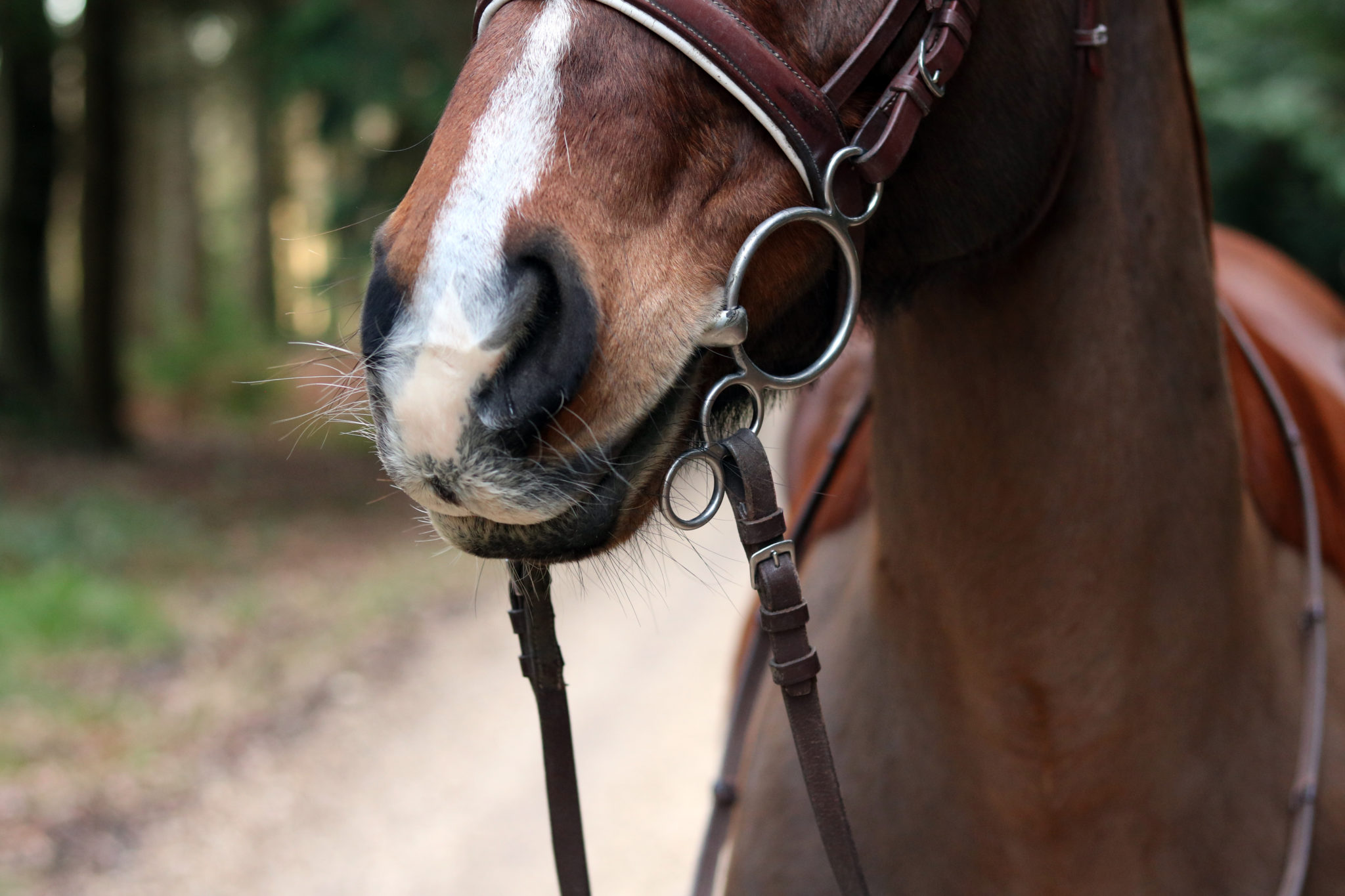Q: Should I clip my horse or not?
A: As winter approaches, many riders choose to clip their horses and be rid of the dreaded ‘winter fluff’! However, there are a few things to bear in mind before you reach for the clippers.
The emergence of a full winter coat is triggered by the reduced number of daylight hours. In early to midsummer the coat is ‘dormant’ (known as the telogen phase). Then, as the days become shorter and the nights become longer, the horse’s coat starts to grow (known as the anagen phase) until their full winter coat has set in. Horses and ponies can also adapt to their environment – growing a thicker winter coat in places that have colder winters, and a sleeker coat in hotter, more tropical regions.
Horses and ponies are clipped for a number of reasons namely:
- Clipping reduces sweating during exercise. Heavy sweating can affect overall condition.
- Clipping allows the horse to cool down quicker after exercise.
- Clipping allows the horse to perform fast work without the added stress of over-heating.
- With a clipped coat grooming is far quicker and easier.
- Many owners feel a clipped horse looks neater, especially for showing classes.
However, there are a few things to remember should you decide to clip your horse or pony:
- By clipping your horse or pony you diminish their ability to regulate their body temperature. Should your horse not have sufficient protection against the cold, they will burn too much energy just trying to stay warm, and can quickly lose weight and condition. It is therefore very important that you provide an adequate rug during the evenings as well as a stable or at least a shelter. Should the temperature drop during the day time, you may also consider putting a lighter rug on your horse, especially if it is windy or wet.
- Ill-fitting rugs, boots, numnahs or saddle pads can quickly cause bald patches on a horse that has been clipped. Ensure that all rugs, numnahs etc, fit correctly and are kept clean.
Clipping a horse or pony is a time-consuming job and is best left to someone with experience, especially if your horse has never been clipped before.
For best results:
- Ensure that your horse or pony is clean and dry. Give them a good shampoo and allow enough time to dry before being clipped.
- Make sure that the clipper blades are sharp and that you have a spare set available. Keep the clipper blades clean using a paint brush, and oil the blades regularly. Remember to check the temperature of the blades against the back of your hand, as the blades can become hot and may burn your horse.
The most important consideration in the clipping process is your individual horse or pony. Try to ensure that the clipping experience is as stress-free as possible. If clipping is an awful experience then the next time you wish to clip your horse it will be even worse! First, spend as much time as necessary allowing your horse to become accustomed to the noise of the clippers. Once they are happy with that, keeping the clippers on and rest the back of your hand on the horses shoulder. Many horses are not comfortable with the vibrating sensation so allow them to become used to the noise and vibration of the clippers before you start to clip. Take as much time as you feel your horse needs to become accustomed to the clippers. In the long run you will be glad that you took the extra time! You may also decide to give your horse a calming agent before clipping. There are various calming pastes available on the market – chat to your vet about which one would be best for your horse.
Answered by Farryn Day

